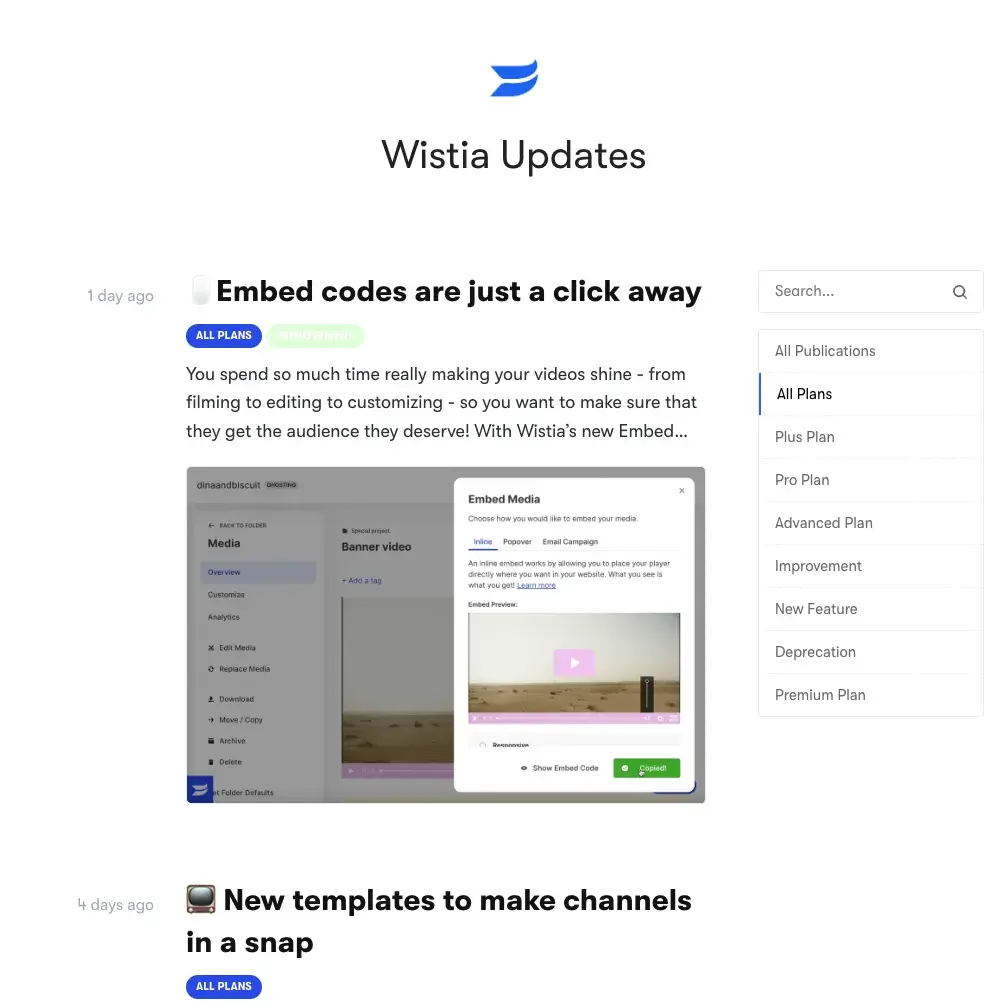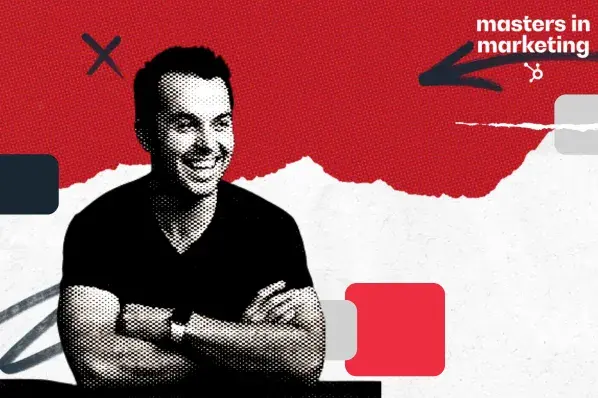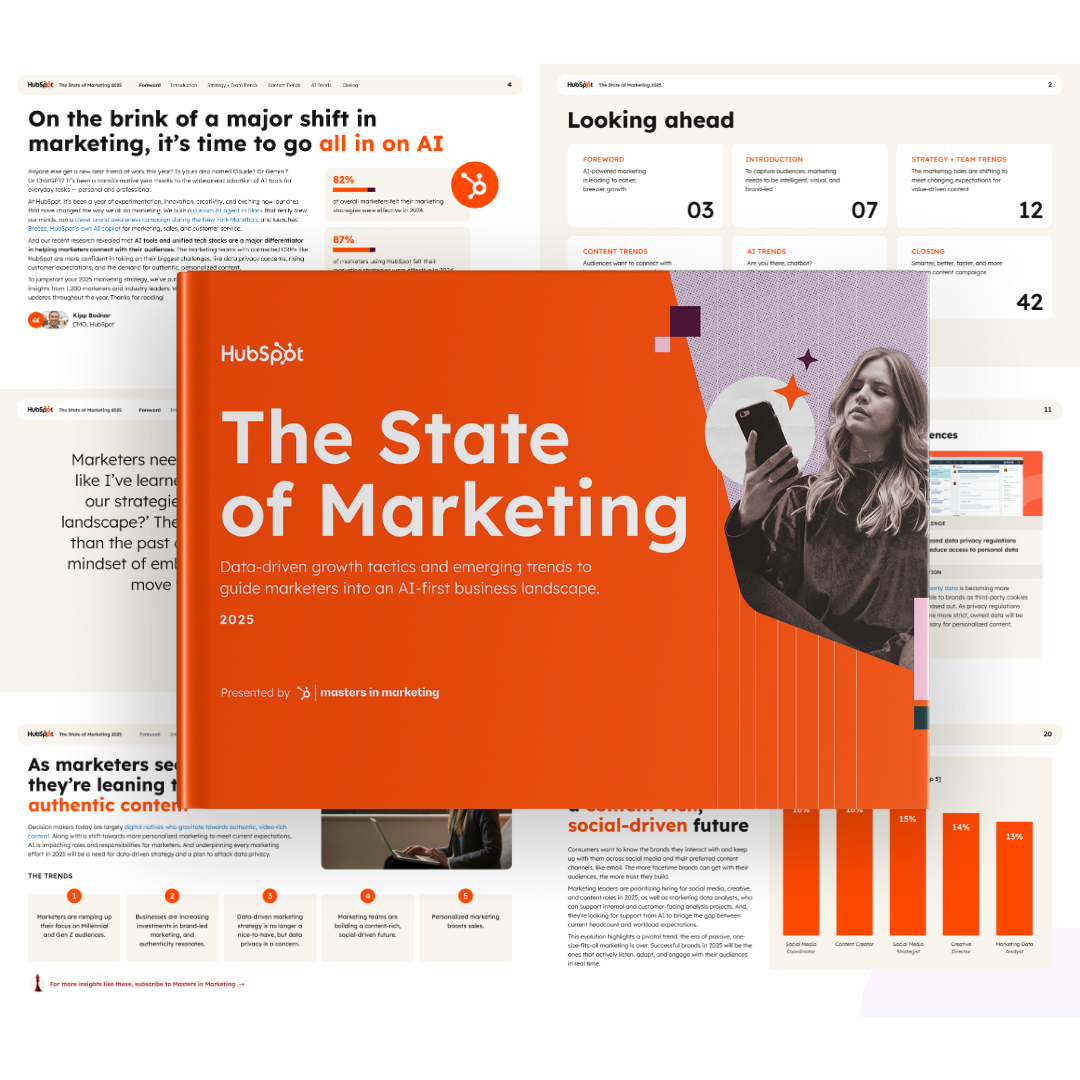Lesson 1: Sometimes, just go with your gut.
"Two-pizza team" is a Jeff Bezos term that describes a scrappy business strategy. Basically, your teams should be small enough to suffice on two pizzas. That's roughly five to eight people. (Unless, of course, one is a college student. Then it’s about one to two people haha.)
After years of over-processed approaches, Savage put Bezos' philosophy into practice.
Before switching to two-pizza teams, Wistia released 12 product updates annually. This included a new webinar tool and new interactive video elements like in-video quizzes.
After restructuring its product teams and simplifying its strategies in 2023, Wistia released 72 updates — 6X over the year before.
How? By turning away from flawless road maps and exceptional internal comms, and toward innovating based on customer feedback every two weeks.
“This change fostered a more dynamic approach to product development and feedback, and it encouraged constant evolution and learning within the teams,” Savage tells me.
His two-pizza teams consist of product managers, designers, tech leads, and engineers. At their core, they work like a small business within a business.
“The key to innovation is building these small teams that work the way a startup can — in fast sprints,” he says.

That's the how. But what I find most interesting is the why: Before, Savage says his employees consistently pitched bulletproof, data-driven projects — but the instinct-driven items, often based on limited customer feedback, were ignored.
“The ideas might've had very little data, so they were never at the top of the list,” he says. “But it turns out some of those ideas were the most impactful. It's completely changed Wistia as a business.”
If your employees are endlessly updating internal docs and polishing fancy slide decks to pitch to leadership, you might want to ask: Is all of this getting in the way of driving bigger impact?
Lesson 2: If a few people like something, go build it.
Savage has a hot take: If you can get 10 people to love your product, you can get a thousand people to love it.
He‘s so confident in this concept that he claims there’s “no need for further testing” once you‘ve proven a few people think it’s a good idea: “We tend to underestimate how universal an experience can be, and we rely too heavily on quantitative data.”
Sometimes, instinct-driven ideas are unvoiced because you don't feel you have the data to back them up. But if you rely too heavily on quantitative data, you risk ignoring real-time feedback that could lead to your next great idea. (Uber famously started with very little data to support its concept.)
“Zone in on your first happy customers, figure out what they like — and keep doing it.”
Lesson 3: Go all-in on what's working to grow faster.
Savage is open about his mistakes in the early days: “In the beginning, I really didn't understand how far we could take Wistia. It's a very simple mistake: When leaders get something that's working, instead of doubling down on that type of experience, they diversify instead to mitigate risk.”
While Savage understands the temptation to add new features or products to your repertoire, he fervently believes that only a few offerings drive customer behavior.
“If you could just double down on those things, you would grow faster.”
Keep it simple, stay hyper-focused on that one product or feature that’s likely driving 90% of your adoption, and you'll soar.
Interested in how AI is changing video forever? Check out my interview with Chris Lavigne, Head of Production at Wistia
Lingering Questions
Each person we interview gives us a question for our next master of marketing.
Last week, Anna Sokratov, the brand manager for a particularly vile-tasting liqueur called Jeppson’s Malört, gave us this question for Savage:
What unconventional marketing approach would you like to take, and how would you go about doing something you haven't done before?
Savage: My instinct goes to trying to get an awkward product placement in a summer blockbuster — the dream would be like the next Mission Impossible. Ethan Hunt has to use Wistia to decode something.
And it’s egregious — it’d have to be an over-the-top obvious product placement.
Savage’s question for our next master in marketing: What‘s something that you’re doing that‘s working so well, you’re afraid to tell others about it?
Come back next Monday for the answer!
Marketing Case Studies








![How to Turn a Case Study into a Customer Success Story [+ Tips from HubSpot Marketers]](https://53.fs1.hubspotusercontent-na1.net/hubfs/53/customer-success-story.jpg)




